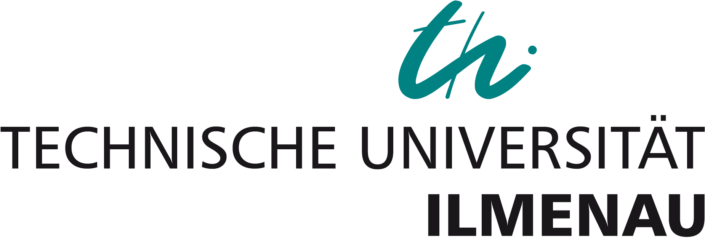myLOG MOL
A 5G-controlled logistics system to stabilize the retail sector
PROJECT DESCRIPTION
5G transport rover for retail
OBJECTIVES
The project aims to improve the competitiveness of rural retail against the increasingly strong online trade with the help of an autonomous logistics system. A new approach is that several suppliers share a local autonomous logistics system to fulfill individual orders of different customers.
The goal is to further gain important insights into the use of 5G technology for the practical operation of an autonomous logistics system for retail, as well as into the key business data, which can then be used in a subsequent rollout of this technology. In addition to demonstrating technical feasibility, a particular focus is on finding a business model that is attractive to users.
INNOVATION & METHODOLOGY
The project is deliberately built on a generic, open software architecture with a service-based approach. Such an open platform enables other companies and startups to develop their own applications and solutions for internationally competitive products.
In the target environment, a 5G-supported autonomous delivery system will be tested with selected users (suppliers and customers). For this purpose, several rovers will be deployed, which will perform transportation/courier tasks within the urban area.
The rovers move at adapted speeds on roadways and sidewalks on secondary roads in the urban area. The rovers are controlled using 5G edge computing and real-time traffic analytics. Thanks to a fast 5G connection, computationally intensive tasks (such as sensor fusion and object detection) can be moved to a local edge cloud, which evaluates street-based cameras and other sensors, among other things, and provides data to the rover's local driving function.
OUR CONTRIBUTION
Gestalt Robotics takes over the provision of a modular, open vehicle platform (delivery robot with drive, sensors, transport container and control computer) with an open operating system based on ROS (Robot Operating System) and flexible software interfaces for the control software.
© STIC
Key facts
Infrastructure & Communication
Local edge cloud for compute-intensive tasks
5G network for real-time data transmission
Road sensor technology for monitoring intersections
Autonomous Robotics
LiDAR, cameras, GPS, ultrasound and 5G
Wireless charging
Front and back lighting
Last-Mile Delivery
Autonomous navigation (fleets)
AI-based driving functions
Global digital map
User Interfaces & Processes
Interface for integration of retailers and customer apps
Software stack for fully automated scheduling and delivery
PartnerS & CONSORTIUM
Fraunhofer HHI
Application-based 5G research: secure, reliable 5G connectivity with mechanisms on quality of service, real-time guarantees, and active compensation of dead spots
HHL gGmbH
Accompany from a logistical and business management perspective, transfer to a scalable business model
Interlink GmbH
Technical project management, clarification of licensing requirements, preparation, supervision and support of the commissioning process
LaLoG LandLogistik GmbH
System requirements from a logistics perspective, operator business model requirements, pilot customer acquisition, acceptance study support
STIC Wirtschaftsfördergesellschaft Märkisch-Oderland
Coordination and project management, provision of the STIC campus in Strausberg and organization of all preparations/permits in the area of the test field
TU Ilmenau
Advanced model-based driving functions incorporating AI
Funding
Federal Ministry for Digital and Transport
Program
“5G-Umsetzungsförderung im Rahmen des 5G-Innovationsprogramms des Bundesministeriums für Digitales und Verkehr“
Duration
01.2022 – 12.2024
Project Management Office
Bundesanstalt für Verwaltungsdienstleistungen (Federal Agency for Administrative Services)
Project Website
Project Poster
Project poster (German) as printable PDF
This project is/was financed with funding provided by the Federal Ministry for Digital and Transport under the “5G-Umsetzungsförderung im Rahmen des 5G-Innovationsprogramms des Bundesministeriums für Digitales und Verkehr” program and managed by the Federal Agency for Administrative Services (Bundesanstalt für Verwaltungsdienstleistungen). The author is responsible for the content of this publication.














